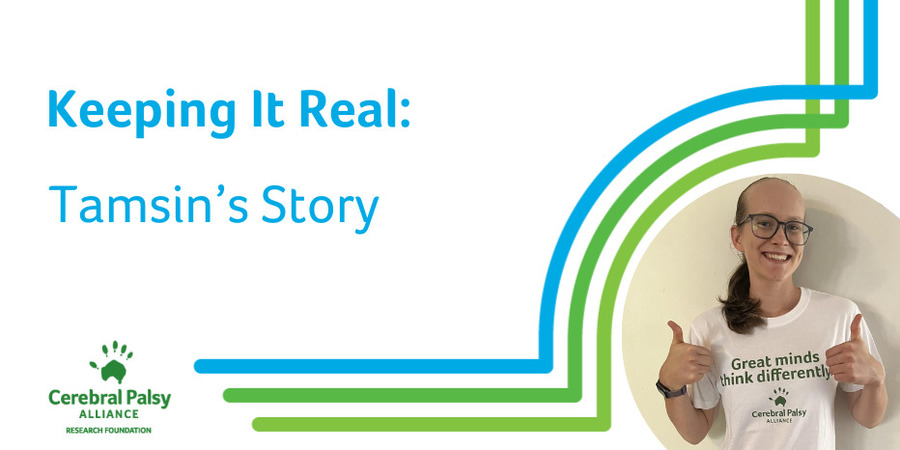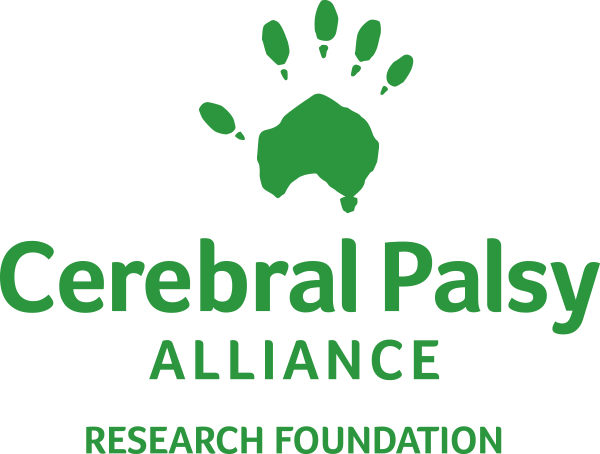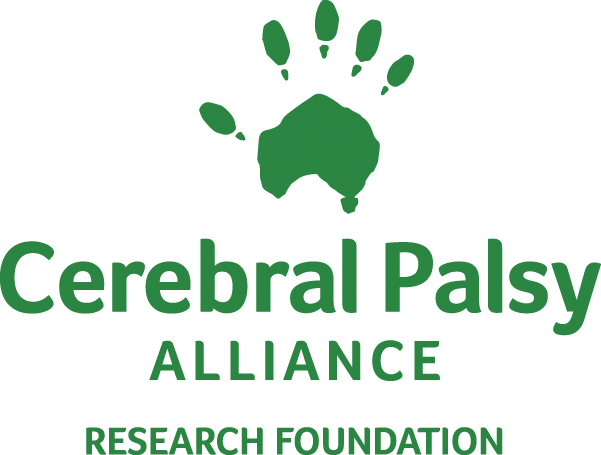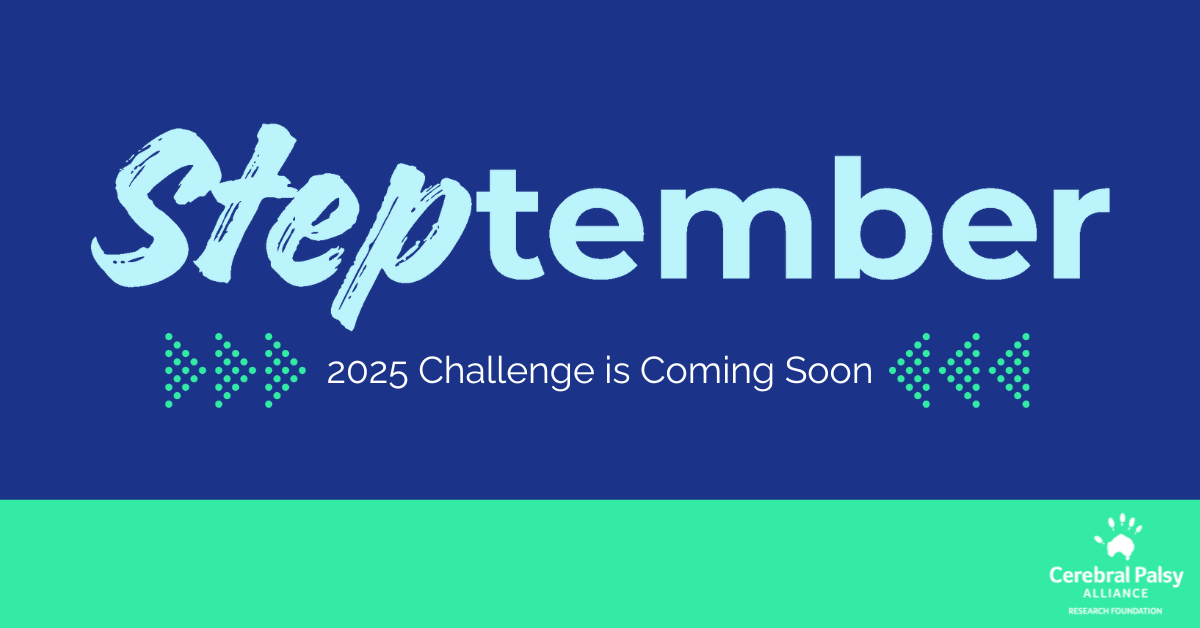
KEEPING IT REAL: Tamsin’s Story, Part One*
By Tamsin Colley
Describe what it was like to grow up with cerebral palsy.
I have known no different than to grow up with cerebral palsy, so it is my “normal.” I had a brain tumour surgically removed when I was 18 months old from my cerebellar, which left me with co-ordination, speech and balance impairments. In a way, it was lucky that I had my operation at such a young age because I don’t remember much of it. It was also lucky that my mum had a physiotherapy background so she could see that something wasn’t right when I was a baby. She pushed for answers, which eventually resulted with a Juvenile Pilocytic Astrocytoma being detected in my brain that was surgically removed before it grew to be malignant.
I had a lot of intensive therapy in the first 10 years of my life, from speech therapy to occupational therapy and physiotherapy. I have always been very determined, so I improved relatively quickly with this support and learnt to walk, talk, and eventually run. Up until I started school, I used a wheelchair and walker to get around. I don’t remember much about this as I was so young, but I was told that I used to get quite a few stares from other kids at the playground.
When I started school, I still had a significant speech impairment, so I used to get comments saying that I speak another language to the other kids. I still actually get asked if I have an accent (usually people think I sound South African) — and now my reply is along the lines of, “I’m CP-an — I have a speech impairment due to cerebral palsy!”
What's your relationship with your disability?
I have always felt somewhat comfortable in my disability, as I know that I can't change it. But most of my negative feelings towards my disability come from how people treat me because of it.
Apart from the mean comments from other kids, the things that impact me the most are when people’s perceptions of disabilities get in the way of me achieving what I want to achieve, academically or otherwise! In primary school, I was excluded from the enrichment class because they didn’t think I could get up the steps, but they never thought of asking me.
Then, in high school, I was basically told that I had to choose between being in the selective class and receiving support. It never occurred to them that people with disabilities deserve support regardless of their academic abilities.
Towards the end of high school, I had to appeal multiple times for the right to use a laptop in my exams because my writing is slow and causes me pain due to my cerebral palsy. The whole process of fighting for exam provisions took a huge toll on my mental health, which wouldn’t have happened if systems were more inclusive of people with cerebral palsy.
I frequently wish that I didn’t have a disability, both because of the pain and frustration it causes (due to not being able to do things as fast as everyone else), but also because of the exhausting fight I must put up to access disability provisions. Now that I’m at university, the disability provisions are a bit easier to obtain than at high school, so my well-being has improved due to the weight of having to advocate for provisions being partially lifted.
So overall, my relationship with cerebral palsy is a complicated one. But there are some things my cerebral palsy has enabled me to do like being eligible to compete at the Paralympics and being part of the disability community that I’m grateful for.
Stay tuned for part two next week!
*Tamsin's story is part of KEEPING IT REAL — a series of personal stories that will take you deeper into the lives of people with CP. Each person makes different choices based on what works for them, and we’ll showcase that — highlighting what life is like for them on a daily basis, what they care about, and the ways CP impacts them.
The KEEPING IT REAL blog is intended solely to raise awareness about the varied human experience with cerebral palsy and shouldn't be read or construed to contain any medical advice or medical endorsement by Cerebral Palsy Alliance Research Foundation. Only you and your doctor know what's best for you. Please consult your doctor for medical advice.
Wed 21 May 2025
Are you ready for STEPtember 2025? We’re officially in double digits — CPARF is celebrating 10 years of funding groundbreaking cerebral palsy research and driving innovation forward. And there’s no better way to mark this milestone than with our biggest, boldest STEPtember yet. Thanks to you, STEPtember has grown into a global movement that powers […]
Thu 15 May 2025
Celebrate Your Birthday with Purpose: Start a Fundraiser That Changes Lives Birthdays are for joy, reflection, and connection — and now, they can help fund groundbreaking research, fuel innovation in assistive technology, and create lasting change for people with cerebral palsy and other disabilities. Celebrate your special day by starting a customized birthday fundraiser to […]



